
Waves are one of the most beautiful and impressive natural phenomena. When you look into the ocean, you can see countless waves as far as the eye can see. They are constantly in motion – rising, moving forward, flying off each other, losing motion, and rising again. It’s fun to watch and fun to play with. These are the reasons why bathers and surfers visit boring sea waves. Yes, you heard it correctly! Imagine a beach without waves. It would be very boring if all that remained was sand and water.
Sea waves are one of the beautiful natural wonders that amaze us. However, different types of waves form depending on weather conditions. These gentle, large waves come at regular intervals to make beachgoers and surfers happy, but they are a nightmare for sailors as these huge waves often cause damage. There are also small waves in the calm sea. The water appears to be moving in a circular motion because the energy generated by the specific force flows through the water. Surface water never moves, but energy can flow across it unless blocked by obstacles.
How are Ocean Waves Formed?
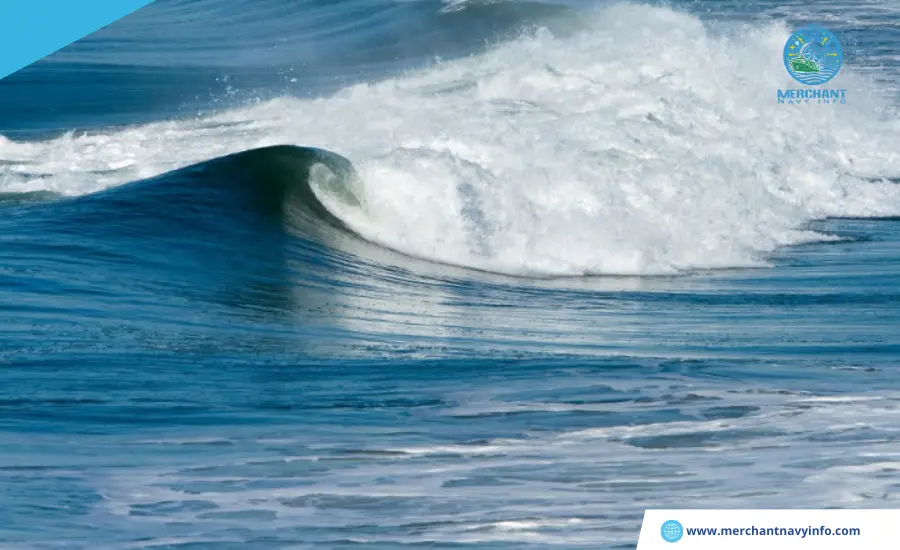
As already mentioned, there are different types of waves, and their underlying forces differ. The most common cause of ocean waves is wind. Friction between surface water and wind creates wind-driven waves, also known as surface waves. When the wind blows over the ocean, the sea surface exerts a gravitational force on the lower layer of the wind. This puts tension on the top layer until you reach the top layer.
Because the gravity is different in each layer, the wind speed is also different. The top layer rotates and forms a circular motion. This creates downward pressure on the front side of the surface and upward pressure on the back side, creating waves.
However, the gravitational pull of the sun and moon on Earth causes tsunamis. Please note that a tsunami is a shallow water wave, not a tsunami. Although the above waves are harmless in their effects, there are dangerous waves, including tsunamis, caused by extreme weather events such as hurricanes, typhoons, tornadoes, and other natural disasters such as earthquakes, landslides, and volcanic eruptions.
Different Types of Waves Ocean
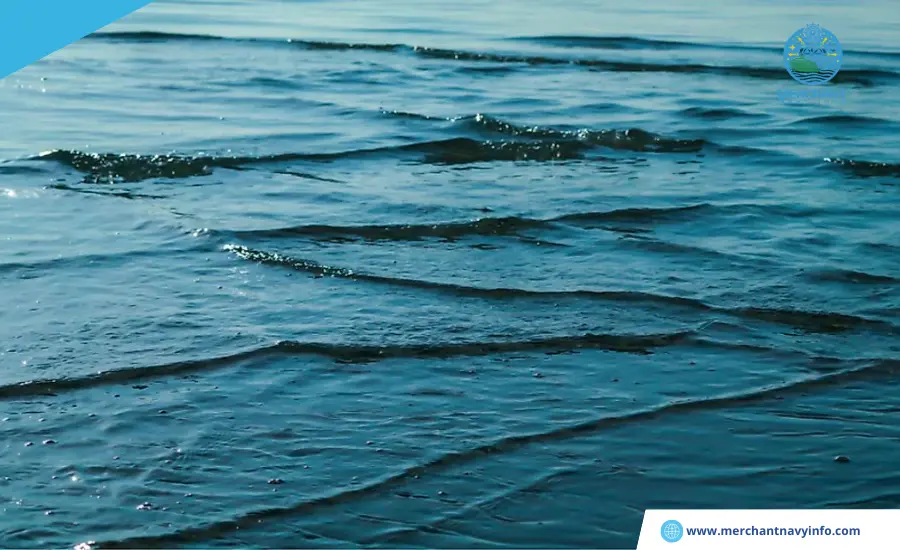
As mentioned earlier, ocean waves are classified according to their formation and behavior. A commonly used classification of ocean waves is based on wave period. Introducing all the different types of ocean waves.
Wave Breaking
Wave breaking occurs when waves break. Surface wave destruction occurs everywhere on the ocean surface. However, wave heights are generally greater in shallow waters, so breaking surface waves are most commonly found along the coast.
As a wave approaches the shore, the wave profile changes due to the resistance provided by the sloping sea floor. The ocean floor prevents the bottom (or trough) of the wave from moving, but the top (or crest) continues to move at its normal speed. This causes the waves to gradually begin to lean forward as they approach the shore.
When the wave steepness ratio reaches 1 7, the wave crests extend beyond the slowly moving wave troughs, and the entire wave profile collapses to form a breaking wave.
Classification of Breaking Waves
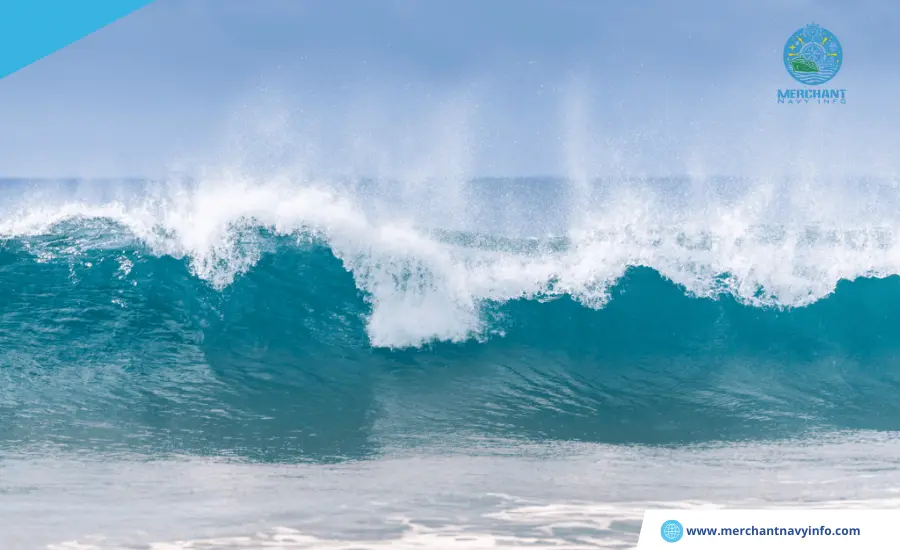
Outgoing Waves
Also known as “mush waves” in beachgoer parlance, these waves form on the gentle slopes of the ocean floor. Due to the gentle slope of the coast, the energy of the waves is gradually dispersed, and the wave crests slowly spill over, forming gentle waves. Compared to other types of waves, these waves take longer to break.
Sinking Waves
When a wave travels over a steep slope or rough seabed, the wave crest becomes rounded, and air bubbles become trapped beneath it. This causes the waves to explode somewhat as they reach the steeper slopes of the shore, and all of the wave’s energy dissipates over a much shorter distance. This causes breaking waves. When offshore winds blow, these waves typically have high energy and spread quickly, which can be dangerous to unsuspecting beachgoers and surfers. It also causes extensive erosion and deposition.
Rushing Waves
Occurs when large waves reach a steep coastline. It moves at high speed and is not attached to a comb. Although they appear harmless because they do not break like other waves, they are can be dangerous due to their powerful backwash (pulling or suction) effects.
Breaking Waves
A mixture of breaking waves and surging waves. Its top breaks off completely, and its bottom becomes vertical, collapsing into a torrent.
Deep Sea Waves
Deep sea waves, as their name suggests, occur where the ocean is significantly deep and there is no coastline that can resist wave movement. Strictly speaking, it occurs in areas where the water depth exceeds half the wave wavelength. The speed of a wave is a function of the wave’s wavelength. This means that waves with longer wavelengths travel faster than waves with shorter wavelengths. These are several waves of different wavelengths that overlap to form a larger wave.
Shallow Water Waves
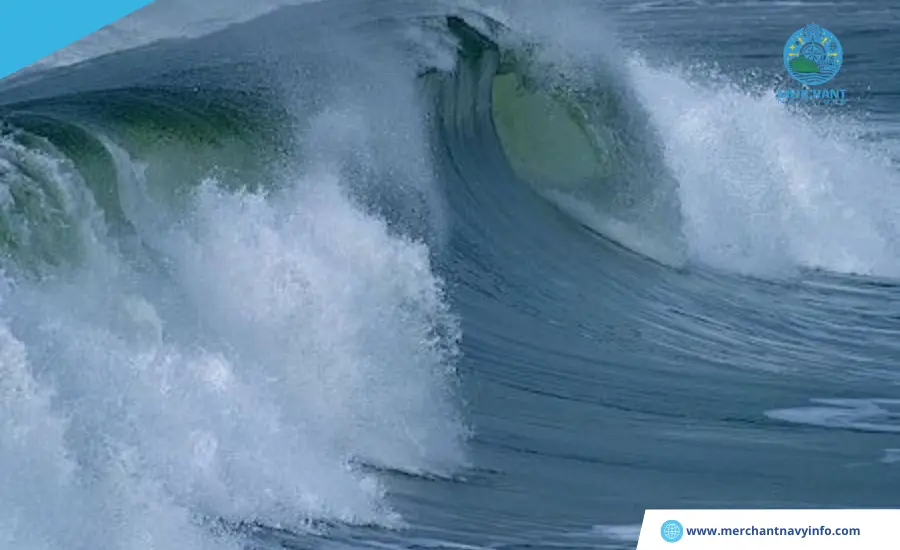
These waves originate from much shallower water depths. Typically, they travel in water at depths less than 1/20 of the wave wavelength. However, unlike deep-sea waves, wave speed is independent of wave wavelength and is a function of water depth. This means that waves move faster in shallow areas than in deep areas. More precisely, velocity is equal to the square root of the product of water depth and gravitational acceleration.
Velocity = √(g . depth) (g = gravitational constant, 9.8 m/s2, D = depth (meters)
These are also called Lagrangian waves or long waves. These waves can have many different causes.
Shallow Water Types of Waves:
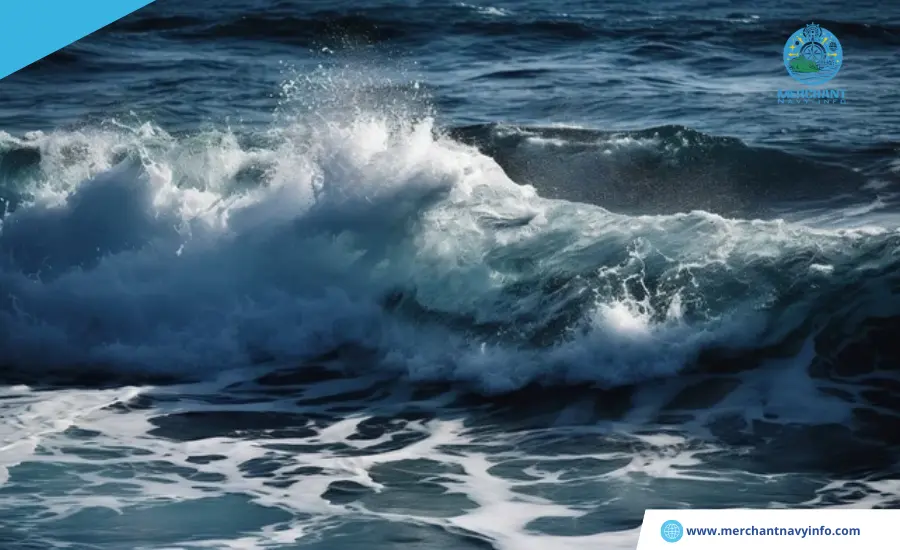
Tidal Waves
They are caused by astronomical forces such as the gravitational pull of the sun and moon on ocean water. High and low tides can be thought of as the passage of waves over a 12-hour period.
Tsunami
Tsunami is a Japanese word because Japan is probably the country most affected by tsunamis. The word “tsunami” comes from two different words. “Tsu” means port, and “Nami” means wave. Roughly translated, it means “harbor waves.” Most tsunamis (about 80%) are caused by large undersea earthquakes. The remaining 20% is caused by submarine landslides, volcanic eruptions, and even meteorite impacts. They move very fast and are very dangerous and destructive. These are considered shallow water waves because the wavelength of a typical tsunami is hundreds of miles long, say 400 miles, while the deepest part of the ocean is 11 miles deep. Therefore, as already mentioned, the depth is less than 1/20 of the wavelength.
Coastal Waves
The length of these waves is less than to the depth of the water they penetrate, which reduces the speed of the waves. This causes the wavelength to decrease, the height to increase, and ultimately, the wave to refract. These waves drain the beach as undertows.
Internal Wave
One of the largest waves in the ocean, but because it forms in the inner layers of water, it is barely noticeable at the surface. Ocean water is made up of different layers because cooler, more saline water tends to sink beneath less salinized, warmer water. Internal waves occur when the interface between these different layers is disrupted by an external force, such as tidal movement.
Kelvin Waves
Kelvin waves are large waves caused by a lack of wind current in the Pacific Ocean. They were discovered by Sir William Thompson (later known as Lord Kelvin). Kelvin waves are a special type of gravitational wave that is affected by the Earth’s rotation and is trapped along the equator or along horizontal and vertical boundaries such as coastlines and mountain ranges.
Traveling Waves
For traveling waves, the amplitude is equal to the total number of points, and there is a net flow of energy. In other words, it is a waveform in which the ratio of the instantaneous value at one point to the instantaneous value at other points is constant. There are three types of traveling waves: longitudinal waves, transverse waves, and orbital waves.
Capillary Waves
Capillary waves are very similar in structure to waves. The restoring force involved is capillary action, the bonding force that holds water molecules together at the ocean surface. Its particularly undulating structure is produced by light and gentle winds blowing at a slow speed of approximately 3 to 4 meters per second at a reference height of 10 meters above the water’s surface. Typical wavelengths are less than 1.5 cm, and periods are less than 0.1 seconds.
Breaking Waves
Breaking waves spread out into shallow water as they approach the shore. If the surface is flat, the force of the waves will be weakened, and bending will occur. These are usually found near headlands and bays.
Seiche Waves
Seiche waves, or simply seiches (pronounced “saish”), are standing waves that form in confined or partially confined bodies of water. Standing waves can typically occur in semi-enclosed or enclosed bodies of water.
When the water rocks back and forth in a swimming pool, bathtub, or glass of water, it’s usually on a much smaller scale. They occur on a larger scale in bays and large lakes. Waves are formed when a sudden change in barometric pressure or strong winds causes water to pool in a body of water.









